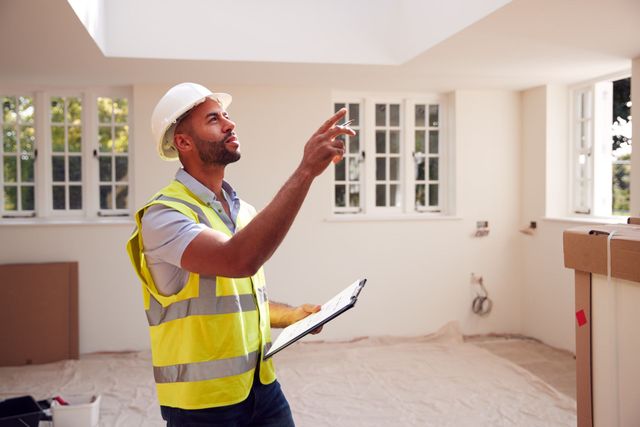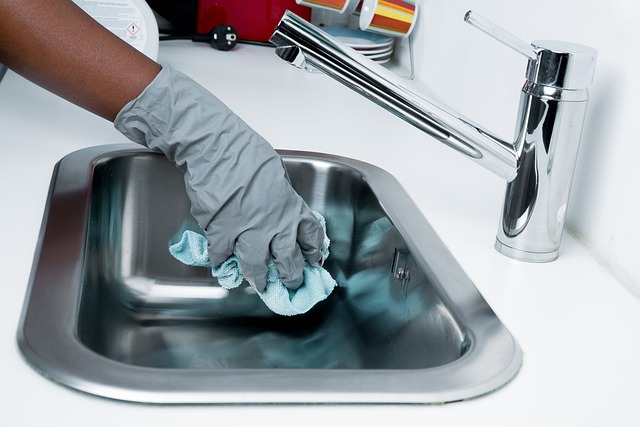Are you currently in search of critical information on How to Handle Plumbing Issues in Your Rental Property?

Handling pipes issues in rental buildings efficiently is critical for keeping occupant satisfaction and protecting the residential or commercial property's worth. Whether you're a landlord or a home supervisor, knowing exactly how to resolve these common troubles can conserve you money and time while guaranteeing conformity with legal responsibilities. Right here's a detailed overview on how to deal with pipes concerns in rental residential or commercial properties.
Paper Every little thing
Keep thorough records of all reported plumbing issues and the actions taken to solve them. Documents ought to include days, descriptions of the problem, interaction with tenants, and invoices from contractors or plumbings. This details can be important for insurance claims, tax reductions, and lawful protection.
Use Qualified Professionals
Always utilize accredited and insured professionals for significant plumbing repairs and installments. This makes certain that the job depends on code and can aid avoid liability problems in case of crashes or more damages. It also reassures occupants that fixings are being taken care of properly.
Develop Clear Interaction
Motivate renters to report any plumbing concerns as quickly as they happen. Offer multiple communication channels such as phone, email, or a tenant site to make it very easy for them to connect. Motivate actions to these reports can prevent small issues from rising into major troubles.
Enlighten Occupants
Educate your tenants concerning what makes up a plumbing emergency situation and what does not. Supply guidelines on how to take care of small issues themselves, such as using a plunger to unblock a toilet. Additionally, notify them about what they need to prevent putting down drains pipes to avoid clogs, such as oil, coffee grounds, and non-biodegradable things.
Routine Upkeep
Carry out a routine upkeep schedule for all pipes systems in your leasing homes. Routine checks can aid determine and resolve concerns like leaks, slow-moving drains, or rusty pipes prior to they become severe. Consider employing a professional plumbing professional to examine the properties every year or semi-annually.
Quick Response to Emergency Situations
Have a strategy in place for replying to plumbing emergency situations. This should consist of having the call info of trusted plumbing solutions that supply 24/7 emergency repair services. Quick activity is necessary to decrease damage in circumstances like ruptured pipelines or severe leaks.
Preventive Upgrades
Take into consideration upgrading older plumbing systems and components to extra modern, effective designs. This can lower the frequency and seriousness of pipes concerns and lower long-term maintenance prices. It's additionally a selling point for prospective occupants that value upgrades and modern features.
Renter Move-Out Inspections
Conduct detailed pipes checks during move-out evaluations to make certain that any issues are identified and dealt with prior to a brand-new occupant relocate. This protects against disputes with new tenants over pre-existing conditions and guarantees the building remains in leading problem.
Understand Lawful Duties
Recognize your lawful duties regarding pipes and general residential or commercial property maintenance. Many jurisdictions require property owners to ensure their homes are habitable and that all plumbing systems are in good working order. Failing to resolve severe problems immediately can cause legal actions from renters.
Tenant Reimbursements
If a pipes concern needs instant interest and the renter deals with the issue by themselves, have a clear plan in place for reimbursing costs. Make certain occupants understand they ought to obtain previous approval for higher-cost repairs unless it's an outright emergency situation.
Final thought
Handling pipes problems in rental residential or commercial properties requires an aggressive technique and great communication with lessees. By staying on top of maintenance, reacting quickly to emergencies, and making use of competent professionals, property managers can keep their properties in exceptional condition and keep great partnerships with occupants.
How to Handle Water Damage in a Rental Property
What is Water Damage?
Water damage is harm or destruction caused by water entering areas where it is not supposed to be. It can be caused by a variety of sources and can manifest in different ways. The most common examples of water damage include:
Leaking roof Plumbing leaks Appliance malfunctions Poor drainage Flooding Sewage backup Condensation Tenant negligence HVAC system issues Frozen pipes Is water damage dangerous?
Water damage itself is not inherently dangerous, but it can lead to various hazards and health risks if not promptly and properly addressed. The severity of these risks depends on the extent of the water damage, the source of the water, and how quickly it is mitigated.
Some potential dangers associated with water damage include structural damage, mold and bacterial growth, electrical hazards, water contamination, and pest infestations. In situations where mold and mildew have gone unaddressed, mold can start to develop within 24-48 hours of water exposure, and this can impose a serious health risk to tenants. In particular, mold spores and damp conditions can lead to respiratory issues and even make existing health problems worse, such as allergies, asthma, or immune disorders.
Water Damage in an Apartment - Who is Responsible?
If the water damage is caused by the tenant’s negligence, the tenant is responsible for the cost of repairs. If the water damage is caused by a defect in the property, the landlord is responsible for the cost of repairs. If the water damage is a result of natural causes, such as excessive rain, then the landlord is responsible, since the water intrusion likely occurred due to a defect in the property. Landlord Responsibility water damage in rental property
Since maintaining habitability is the landlord’s legal responsibility, landlords are responsible for any resulting structural damage caused by water damage. These structural damages may include damage to walls, roofs, ceilings, and flooring. If water damage has affected the rental property’s original structure, the landlord is responsible for repairing or replacing those materials. Therefore, landlords should have property insurance that covers the structural components of their rental property so that they can receive help with the costs of covered events.
Preventative measures can also help landlords avoid massive renovations. Preventative maintenance may include conducting regular inspections to identify and address potential water damage before it becomes a major and urgent problem.
If a landlord fails to meet their responsibilities regarding water damage, it can lead to legal disputes and potential liability. Tenants who believe their landlord is not addressing water damage issues in accordance with California law can seek legal advice or contact local housing authorities for assistance.
https://www.goodlifemgmt.com/blog/water-damage-in-a-rental-property/

I found that page on How to Handle Plumbing Issues in Rental Properties when doing a lookup on the search engines. You should take the opportunity to share this blog if you enjoyed reading it. Many thanks for going through it.